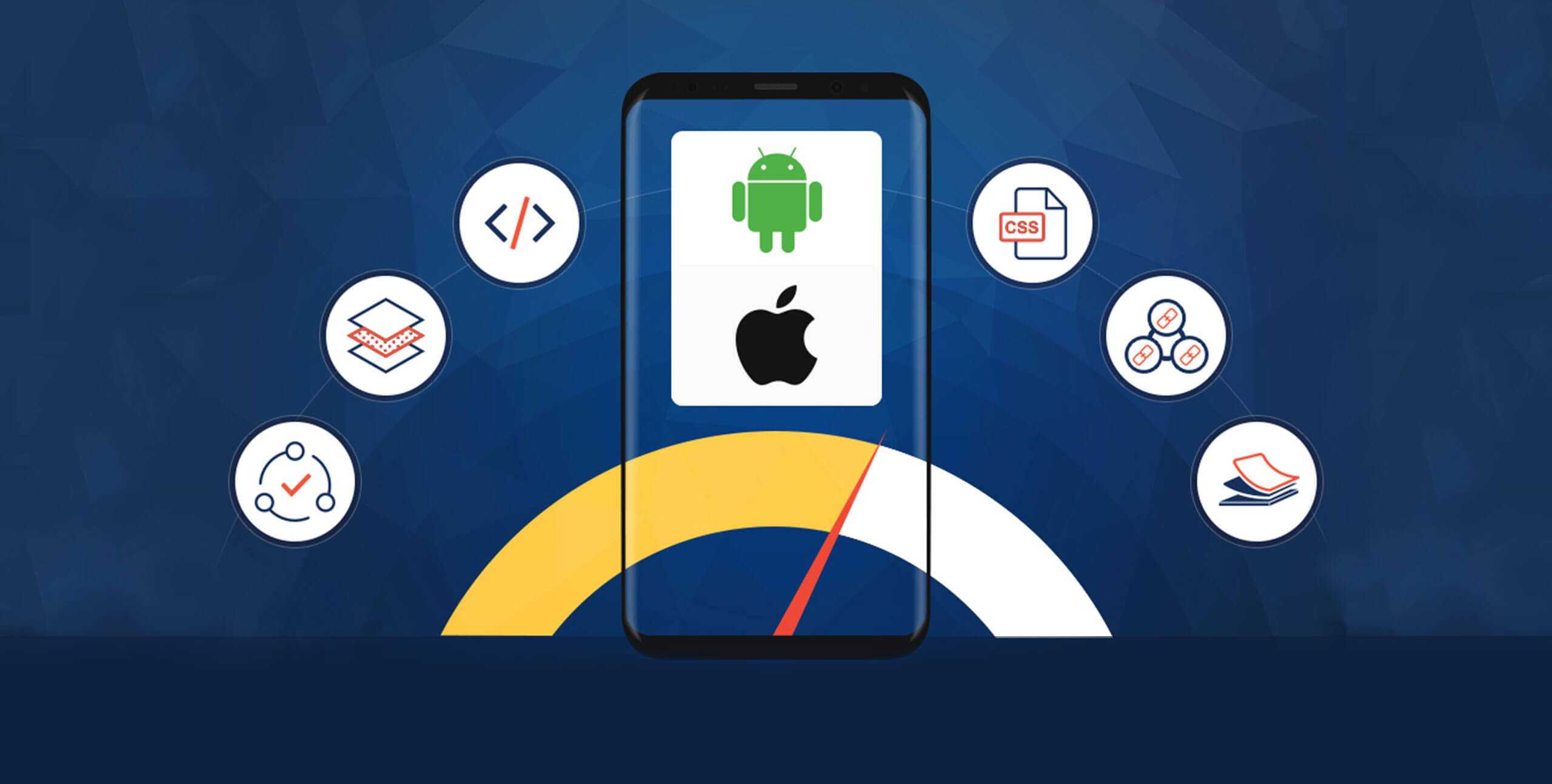Outsourcing technology functions and operations are now a critical part of digitally transformed industries. It’s essentially a cost-effective approach that helps companies bridge the talent gap.
The software development outsourcing model has also evolved over the decades. Today, we have the option of offshoring development, nearshoring development, or taking a hybrid (augmented) approach.
Each model comes with its pros and cons which must be considered before making a decision. If we take offshoring, for example, it will involve software engineers living and working in another continent (and sometimes several continents away).
So there can be potential challenges related to different time zones, language, culture, and so on. Nearshoring, on the other hand, typically involves outsourcing mobile application development to software engineers based in other countries, but on the same continent.
What Are the Key Challenges Presented by Offshore Development?
When an organization decides to outsource a mobile application development project, it has to look beyond the hourly rate. Instead, it’s crucial to consider several factors that’ll have a significant impact on the total cost of engagement with a third-party application developer.
Some of the key challenges posed by the offshoring model are as follows:
1. Distance
Regardless of whether it’s nearshore or offshore, you have to have in-person meetings (at least at the start of the project). If your application development partner is located in Bangalore, India, it can be time and resource-intensive just to fly out there.
However, if your third-party development partner is located next door, for example, in Nairobi, you’ll be able to drive to and fro quickly, and cost-effectively.
2. Time Zone
Although we have highly efficient communication and collaboration tools (like Jira, Slack, and TeamWork), it’ll be challenging to manage if you’re presented with an 11 and a half-hour time difference.
You can’t have a spontaneous video conference, and more often than not, you’ll have to wait for the software engineer to wake up and start their day before you even get a reply. This won’t happen if you’re dealing with an app development team in India or Canada.
3. Language and Culture
Although there might be some difference in language and culture, geographical proximity will lead to more things in common, than not. For example, India is known for being really tech-savvy, however, their English isn’t a stronghold there. Emails and any form of communication may become tricky and changes or requests may fail to be sorted.
In fact, miscommunications are more likely to occur when you’re working with engineers living on the other side of the planet.
4. Business Practices and Risk
Trade deals and similarities in the legal frameworks between the Uganda and neighbouring countries ensure sound business practices that can help minimize your exposure to risk.
Having a similar legal framework also ensures that businesses follow specific processes and best practices that are in-synch with your own regulatory compliance requirements.
It also protects your intellectual property and trade secrets during the development cycle and beyond. When all these ingredients are put together, offshoring app development can cost much more than nearshoring development.
According to Deloitte, as much as 59% of enterprises outsource their development protocols to cut costs (and in the IT sector, that number quickly rises to 87%). This makes it critical to focus on the total cost of engagement and not the hourly rate.
How Can You Reduce Time to Market with Nearshore App Development?
If you want to reduce your time to market and keep costs down, you have to partner with an established nearshore development provider. Their talent pool and experience working in augmented or remote teams will help accelerate the entire process.
Here’s what you should look for in a third-party mobile app development partner:
1. Nearshore Partner Known for Quality Code and Not Technical Debt
Make sure that you partner with a nearshoring provider that is known for building apps with high-quality code. This means that they should follow industry best practices (like code review protocols) throughout each iteration.
Quality code and minimum technical debt will ensure a robust and stable app that can be released on time and budget.
2. Work with Developers Who Code in an In-House Team
If you’re working with a team of developers, having them all work separately and remotely can hinder accelerated app development.
If you have ever worked on a project with multiple freelancers, you’ll understand the challenges that are involved in such an undertaking.
To consistently build with high-quality code, it’s always better to work with a nearshoring partner that has its own in-house development team.
When we have the structure of an office-based environment, it’s also much easier to schedule video conferences and scrum meetings.
3. Demand End-To-End Development Expertise and Support
Things can change along the way from discussion to deployment. Whether it’s front-end, back-end, cross-platform, or native app development, it’ll be much easier to work with the same team throughout the whole lifecycle of the project.
It’ll also be more effective if the same nearshoring partner provides end-to-end support from QA testing to market advise. In our experience, it’s a highly effective way to check all the boxes and release a high-quality product.
4. Keep Communication Channels Open
Whether you’re using Slack or another related enterprise communication and collaboration tool, product owners have to ensure that communication channels remain open.
Most nearshore app development teams follow Agile methodologies, so communication will be critical to ensure the development of accurate prototypes. Being able to communicate at will can also help make this whole process more flexible and negate any surprises down the road.
In our experience, keeping communication channels open, go a long way in building strong bonds that often last beyond any particular development project.
At Freelyformd, we understand that no two mobile app development projects are the same. That’s why we strive to be highly adaptable to meet the demands of the changing needs of the marketplace.
To learn more about nearshore mobile app development, schedule commitment-free consultation with one of our in-house experts.




